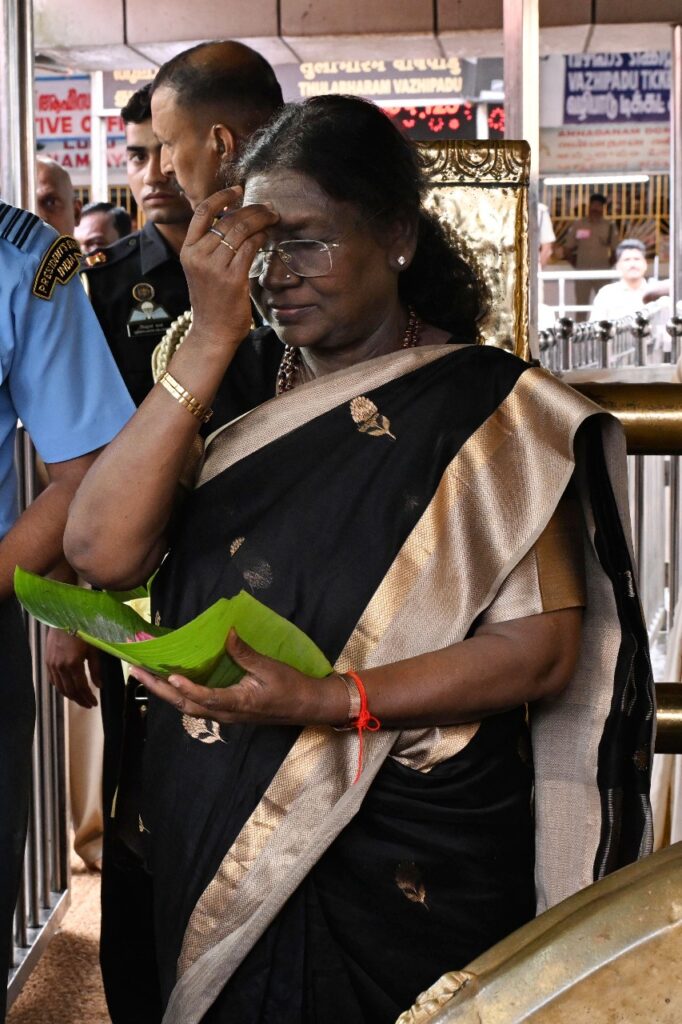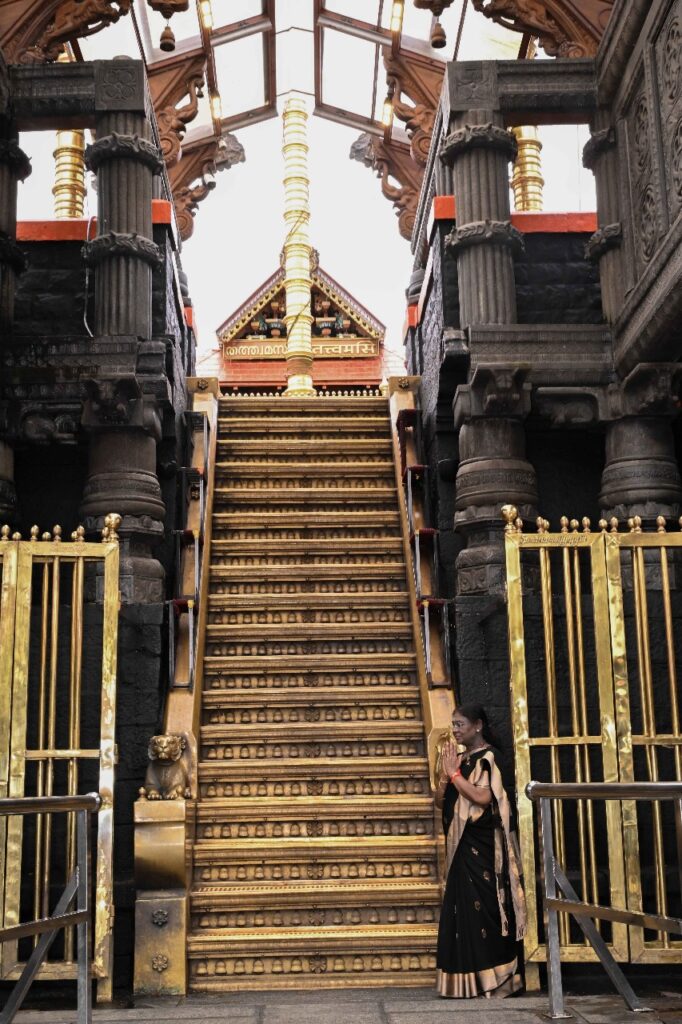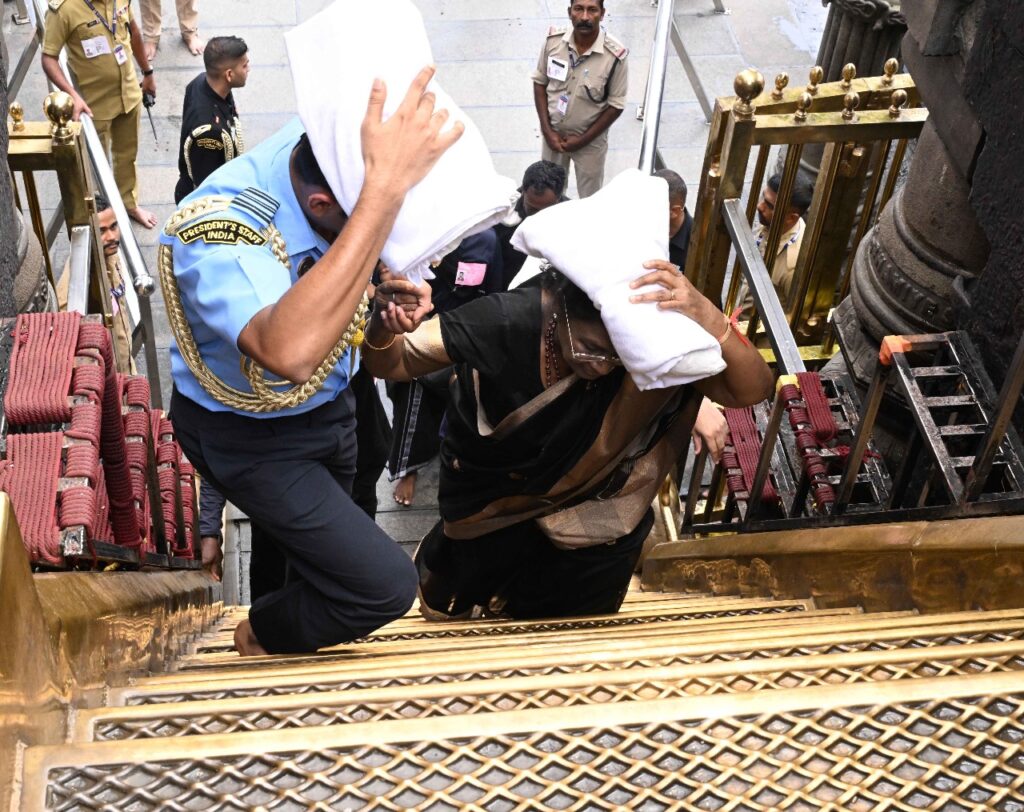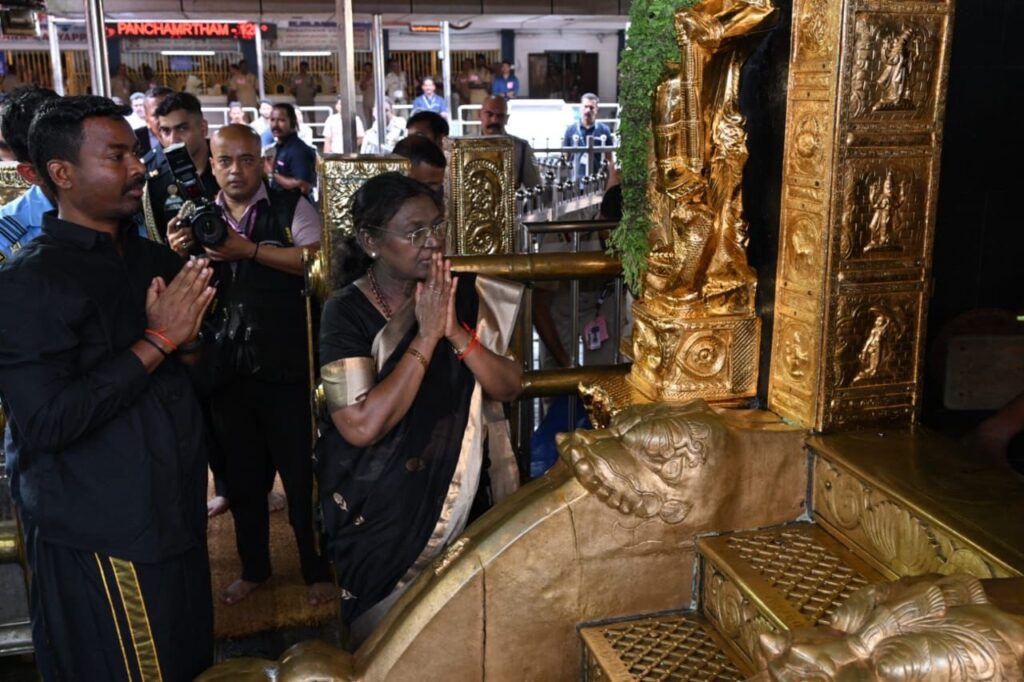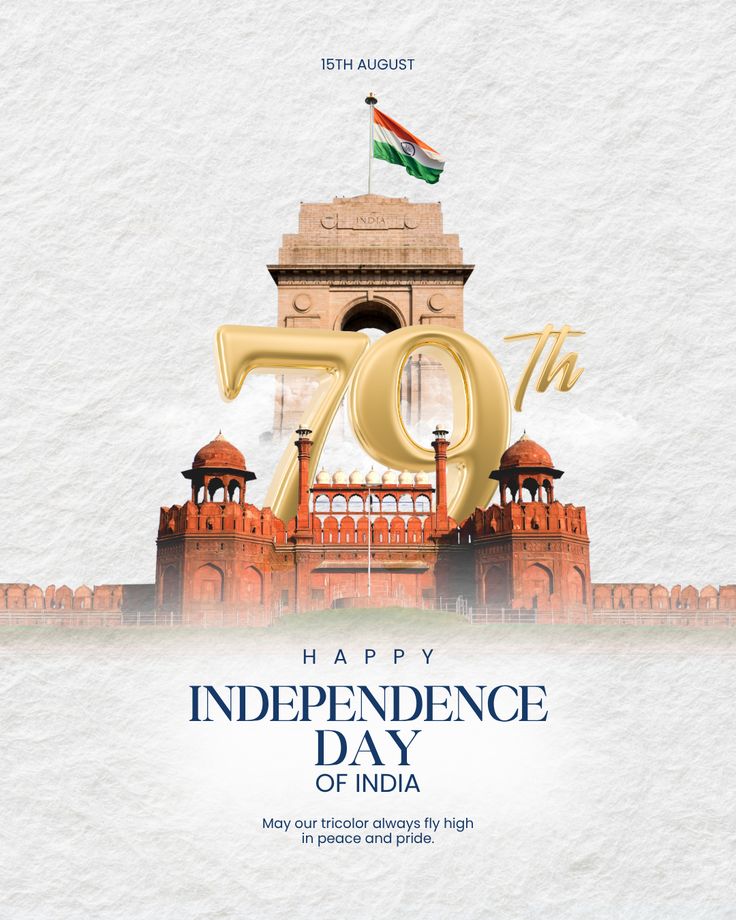In a landmark moment for India’s spiritual and social landscape, President Droupadi Murmu became the first woman to offer prayers at the renowned hill-top shrine of Lord Ayyappa in Sabarimala. Her visit—steeped in ritual, respect, and significance—marks not only a personal pilgrimage but a symbolic milestone that resonates with tradition, change and devotion.
This article explores the journey, the rituals, the reactions, and the wider implications of this historic event.
A Pilgrimage With Deep Roots
Sabarimala, situated in the dense forests of the Western Ghats in Kerala, is one of the most revered pilgrimage centres in India. The main shrine of Lord Ayyappa draws millions of devotees annually, many undertaking arduous penance and pilgrimage traditions before ascending the hill-temple.
The pilgrimage to Sabarimala traditionally involves:
- A 41-day vow (vratham) of abstinence, simplicity and devotion.
- Bathing in the Pampa River at the base camp (Pamba).
- Carrying an irumudi kettu a sacred twin-bundle of offerings and items carried by devotees as they ascend the 18 holy steps (“pathinettampadi”) to the sanctum.
- Climbing the 18 steps barefoot to reach the main sanctum sanctorum (sannidhanam) and offer darshan of Lord Ayyappa.
By participating in many of these rituals, President Murmu connected her visit to the heart of the tradition while also making her own mark.
The Historic Visit: What Happened
On Wednesday, October 22, 2025, the President of India arrived at Sabarimala for the eventful visit that would be documented in history.
Arrival at Pamba & Rituals
President Murmu arrived at the Pamba base camp around 11 a.m., where she symbolically washed her feet in the Pampa river a customary act of purification for pilgrims.
She then visited the nearby Lord Ganapathy shrine, and participated in the kettunira ceremony, where the sacred irumudi kettu was prepared for her. She was dressed in a black saree for the occasion.
Her entourage included her son-in-law Ganesh Chandra Hombrom, and other staffers who also prepared their own irumudi bundles.
The Ascent & Darshan
From Pamba, the President proceeded to the Sannidhanam the main temple complex via a special vehicle route along the Swami Ayyappan Road (approximately 4.5 km) rather than the traditional trekking path.
At the temple entrance, she was formally welcomed by the Tantri (chief priest) Kandararu Mahesh Mohanaru, and the state Devaswom Minister V. N. Vasavan.
Carrying the irumudi on her head, President Murmu then ascended the 18 holy steps and entered the inner sanctum for darshan of Lord Ayyappa. Her irumudi was handed over for the pooja by the head priest.
After darshan at the main shrine, she also visited the adjacent Malikappuram temple. Then she returned to the guest house of the Travancore Devaswom Board (TDB) for lunch and rest.
Significance of the Visit
This visit carries multiple layers of meaning religious, social, symbolic and institutional.
1. A Gender Breakthrough
President Murmu’s visit stands out chiefly because she is the first woman President to offer prayers at Sabarimala’s Lord Ayyappa shrine.
Until recently, much of the social discourse around Sabarimala centred on the entry of women of menstruating age to the temple, culminating in the 2018 judgment by the Supreme Court of India overturning the age-based ban.
In this sense, her presence is not just a formal visit—it also symbolises changing attitudes and the expanding inclusivity of traditional spaces.
2. Upholding Tradition
Though her visit is historic, it is noteworthy that President Murmu followed the temple’s rituals with due respect washing her feet at Pamba, participating in the irumudi preparation, ascending the steps and carrying the irumudi thereby honouring the pilgrimage’s core elements.
Her participation gave continuity to a tradition while simultaneously expanding its horizons.
3. Institutional Milestone
She is only the second President of India to visit Sabarimala; the last was V. V. Giri in the 1970s.
This ranking underscores how rare such visits are and how her one adds to the institutional legacy of the presidency engaging with deeply-rooted pilgrimage traditions.
4. A Moment for Devotion & Unity
The President’s visit “reminds us that devotion doesn’t shout, it simply stands tall,” observers have observed.
In a society where pilgrimage often intersects with faith, identity and socio-politics, such a visit becomes a moment of shared reverence, offering a point of unity beyond divisions.
The Broader Context & What It Reflects
Socio-Religious Change
The shrine at Sabarimala has been centre-stage in debates about gender, access and religion in recent years. The fact that a woman President is now participating is a subtle but meaningful reflection of evolving norms.
Cultural Diplomacy and State Protocol
Visits by high-office bearers to pilgrim centres carry diplomatic weight too. They send signals about respect for local traditions, regional sentiments and cultural heritage. President Murmu’s pilgrimage reinforces that interface.
Political & Media Resonance
The event has also generated significant media attention and public commentary. Social posts welcomed the President’s observance of rituals and interpreters of the moment emphasised both the personal and public dimensions of her “irumudi-carrying” and ascension of the 18 steps.
Voices & Reactions
Prominent voices responded to the visit:
BJP MP Bandi Sanjay Kumar tweeted:
“Her age is 67. She merely respected it; she didn’t violate any laws or offend anyone’s faith. She made history by being the first president to bow before Lord Ayyappa and carry the irumudi.”
Temple and Devaswom Board officials described her visit as a proud milestone for Kerala.
Such responses emphasise both the ritual fidelity of the visit and its wider symbolic import.
What the Visit Means for Future Pilgrimage Culture
With this visit, some potential ripples may emerge:
Expanded Participation: Seeing a woman President participating may inspire more inclusive participation in traditional pilgrimages, especially by women.
Enhanced Visibility: Media coverage and public discourse will likely raise awareness of the temple’s practices, protocols and pilgrimage culture more broadly.
Preservation & Access: As pilgrim traffic and official visits increase, there may be renewed emphasis on managing the site’s infrastructure, ecology and visitor experience.
Symbolic Reconciliation: For many devotees, the event may signal that tradition and modernity can co-exist ritual reverence alongside social evolution.
Key Takeaways
- President Droupadi Murmu visited Sabarimala and became the first woman President to offer prayers at the Lord Ayyappa temple.
- She followed major traditional rituals: foot-washing at Pampa, preparing the irumudi, ascending the 18 steps, offering darshan at the main shrine.
- The visit carries symbolic weight: gender inclusivity in pilgrimage, institutional precedent, cultural unity.
- Reactions have been positive, stressing respect for tradition and the significance of the act.
- The visit could influence future pilgrimage culture, increasing visibility, inclusivity and dialogue around heritage and modern values.
President Droupadi Murmu’s visit to Sabarimala stands at the intersection of devotion and change. It honours one of India’s deeply-loved pilgrimage traditions while simultaneously charting a new path for participation and symbolism.
In the quiet ascent of the 18 steps and the carrying of the irumudi, there’s a broader narrative of respect, reverence and evolution—a reminder that spiritual tradition need not stand apart from progress, but can embrace it.
As India watches this historic moment, the hill-top shrine of Lord Ayyappa—with its ancient stones, dense forest surrounds and millions of faithful devotees—resonates anew with meaning. The pilgrimage continues, enriched by a visit that will be remembered for years to come.
Related News: Read More

